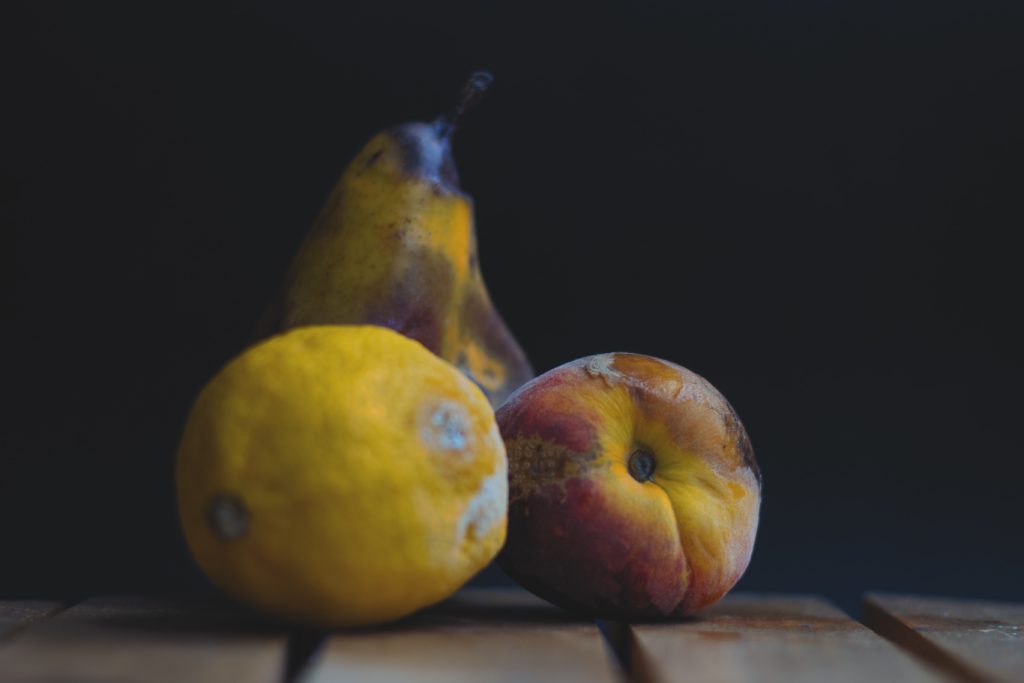One year ago, the GoClimate team set our climate resolutions for 2020 – personal challenges, because for us saving the climate is more than a job, it’s a life mission. This is an overwhelming task, and therefore setting a specific goal to a specific time frame makes it all more approachable. Now we have another new year ahead of us to make better habits for the future!
CECILIA 
One of my resolutions for 2020 was to participate in twice as many climate strikes compared to 2019. And then Covid19 happened. For 2021, my resolution will be “Spread the word” – to talk more about the climate crisis and the climate action I am taking via social media and with my friends in order to hopefully inspire others to take action.
ALEXANDRA
My new year’s resolution for this year was to stay on the ground and not travel by plane. It was easier than I had expected and it reduced my carbon footprint with 3.19 tonnes compared to 2019. For 2021, my climate commitment is to move one step closer to a vegan diet. I have been a vegetarian for 10+ years, and for next year my intention is to only eat egg/dairy products when they are served by someone else. That means, at home and at restaurants/cafes I will always choose vegan, but if I’m invited to a dinner I will accept vegetarian food. Curious to see what challenges this will bring me and how I can handle that!

TOVE 
I wish all climate actions came as easy to me as sticking to a vegan diet and not driving a fossil-fuelled car, but staying on the ground is a huge challenge to me. It breaks my heart on a regular basis that catching a flight to London, which I consider my second home, is no longer an option for me as I simply can’t justify the harm it causes the planet. My resolution for 2021 is to look closer into climate friendly alternatives to flying, rather than giving long-distance traveling up altogether (which has been the situation in 2020, needless to say). I’m excited to look in to options by road and rail and aim to make the actual travelling a fun part of the experience too, making it an adventure rather than just a transfer.
STEFAN  ️
️
My new years resolution for 2021 is to think long-term with all of my purchases. I will only purchase brand-new products if I’m confident I will get at least 5 years of good use out of them.
KALLE  ️
️
For 2020, my new year’s resolution was to not buy any new clothes nor electronic devices. I aim to keep that going for the full year of 2021 as well.
EMMA  ️
️
I’ll continue sticking to my vegetarian diet, plus avoiding dairy. I will also make sure to cut out beef and lamb when feeding my dog (who’s moving in with Emma in January, welcome to the GoClimate family little one). Whenever I feel the need to buy new items, I make a list of what it is that I “need”. I then give it a week or two before asking myself if I still want or need it? If the answer is still a yes, I research if there are any other ways to achieve what it is that I crave other than making a purchase – perhaps renting or borrowing? Or can it at least be bought second hand? If buying a newly produced item is the only option, I compare alternatives and chose the one with the seemingly lowest climate impact.




